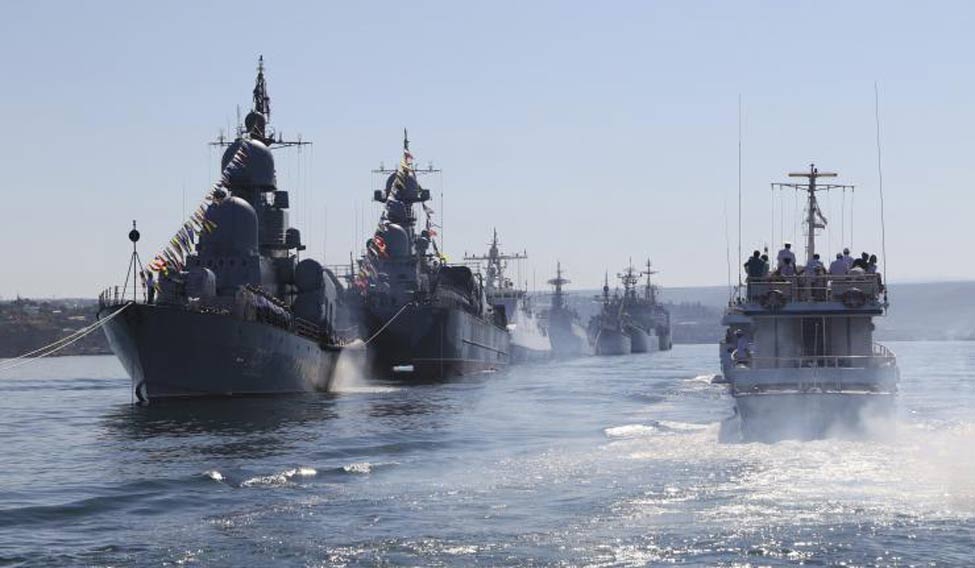On Wednesday, a Russian warship armed with new-generation hypersonic cruise missiles set sail to the Atlantic and Indian oceans. Frigate Admiral Gorshkov was carrying on it the Zircon missiles that can "get past any advanced modern air-and missile-defence systems."
During the launch, Russian President Vladimir Putin, who took part remotely, boasted about Zircon, which he said is sure to "protect Russia from potential external threats." Defense Minister Shoigu too defined the main objectives of the voyage as "countering threats to Russia" and "maintaining regional peace and stability, jointly with friendly countries."
According to the defence minister, the ship’s crew will conduct exercises with hypersonic weapons and long-range cruise missiles. "This ship, armed with Zircons, is capable of delivering pinpoint and powerful strikes against the enemy at sea and on land. The missiles fly at nine times the speed of sound and have a range of over 1,000 km," Shoigu said.
But, the message was clear: Sending the frigate to international waters, bordering many NATO nations, signals to the West that Russia will not back down over the war in Ukraine.
A day later, former Russian President Dmitry Medvedev minced no words as he openly challenged the US. After the U.S. embassy posted a video showing solidarity with Russians who opposed the war in Ukraine, Medvedev said, "The main gift for the New Year with an ammunition package of Zircon missiles left yesterday for the shores of NATO countries."
Medvedev said the missiles could be placed 100 miles (160 km) off the U.S. coast, adding: "So rejoice! It will bring to their senses anyone who poses a direct threat to Russia and our allies."
Regional analysts too think that deployment makes a political statement for Putin as much as a military one. "He’s trying to show Russia remains a global player despite the costs and international condemnation of his assault on Ukraine," analyst Carl Schuster told CNN.
"He can show his domestic audiences that the international reaction is not as effective as stated in the Western media and that Russia still has friends in key areas," Schuster added.
Besides, Russia is also signalling that the sanctions have done nothing to affect its stature as a global maritime power.
What is Zircon, Russia's hypersonic missile?
Interestingly, hypersonic missiles are seen as a prized property, thanks to their speeds - above five times the speed of sound - and manoeuvrability. Russia, China and the United States have all competed against each other to develop hypersonic weapons to gain an edge over any adversary.
As for Russia's hypersonic missile, Zircon, Putin said "it has no analogues in any country in the world."
Zircon can reportedly reach speeds of over 9,500 kilometres per hour (6,000 miles per hour), around nine times faster than the speed of sound. Its testing began aboard Admiral Gorshkov in July 2021 and is now carried on board.
Can the US intercept Zircon?
According to the US-based Missile Defense Advocacy Alliance,s the Zircon is "a manoeuvring anti-ship hypersonic cruise missile" with a range of somewhere between 500 and 1,000 kilometres.
"If that information is accurate, the Zircon missile would be the fastest in the world, making it nearly impossible to defend against due to its speed alone," the alliance was quoted by CNN.
Another significant asset of the missile is its plasma cloud features, which can absorb any rays of radio frequencies and makes the missile undetected by radars.
That explains why Russia claims that the Zircon could easily break through the air-defence Patriot missile system that the U.S. pledged to Ukraine.



